Ai in Assessment Design - AI-Driven Assessment Tools
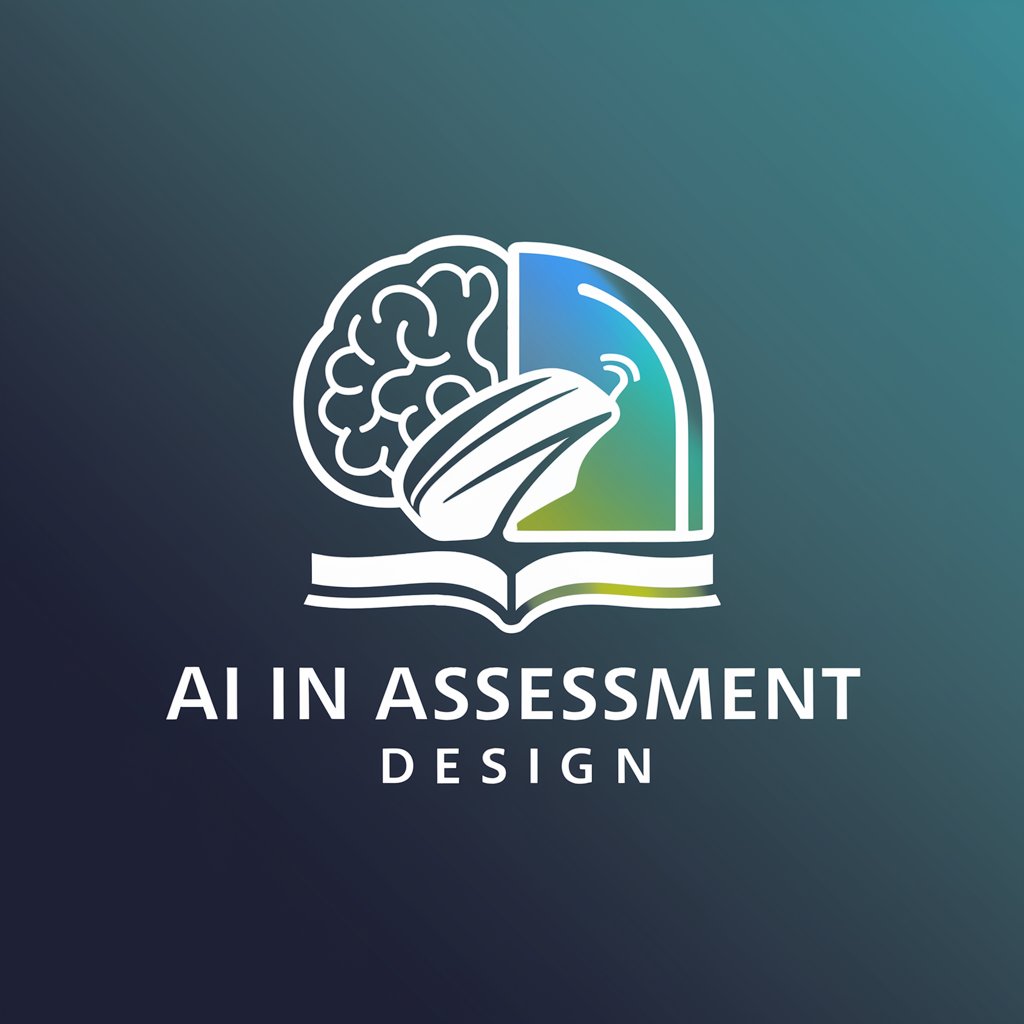
Welcome! Let's explore AI's role in revolutionizing K-12 assessment design.
Revolutionizing Educational Assessments with AI
How can AI be integrated into K-12 assessment design to improve student outcomes?
What are some best practices for using AI to create formative assessments in the classroom?
In what ways can AI help educators provide personalized feedback to students?
What ethical considerations should educators keep in mind when using AI for assessments?
Get Embed Code
Introduction to Ai in Assessment Design
Ai in Assessment Design is crafted to integrate artificial intelligence into the assessment processes of K-12 education. The primary aim is to enhance the design, implementation, and analysis of assessments by leveraging AI capabilities such as natural language processing and machine learning. This integration facilitates real-time feedback, personalized learning paths, and more nuanced analyses of student data. An example scenario includes using AI to automatically grade student essays while providing individualized feedback on their writing style, grammar, and argumentation coherence. Another scenario is the use of AI to analyze assessment results for patterns that can inform instructional design, adapting teaching methods to better meet student needs. Powered by ChatGPT-4o。

Main Functions of Ai in Assessment Design
Real-Time Feedback
Example
In a math class, AI can provide instant feedback on student submissions, correcting errors and offering hints to guide them to the correct solution.
Scenario
A student works on a set of algebra problems and submits answers through an educational platform. The AI assesses each answer immediately and provides feedback, helping the student understand mistakes and learn concepts in real time.
Personalized Learning
Example
AI tailors the difficulty and topics of quizzes based on the student's past performance to better match their learning pace and needs.
Scenario
An AI system analyzes a student's previous test scores and identifies areas of weakness. It then customizes upcoming assessments to include more questions in these weaker areas, ensuring the student gets practice where it's most needed.
Data-Driven Insights
Example
AI tools analyze assessment data across a school district to identify trends, such as areas where students commonly struggle, and provide insights to educators.
Scenario
Educators use AI to aggregate and analyze scores from a statewide standardized test. The AI highlights that students across several districts are performing poorly on questions related to critical thinking in science, prompting a review of how these skills are taught.
Ideal Users of Ai in Assessment Design
Educators
Teachers and school administrators can utilize Ai in Assessment Design to create more effective and efficient assessments. They benefit from the ability to quickly generate and analyze assessments, receiving data-driven insights that help tailor instruction to meet student needs more accurately.
Instructional Designers
These professionals can use Ai in Assessment Design to develop educational content and assessments that are more adaptive and personalized. They benefit from AI's ability to automate parts of the design process and provide insights based on large datasets.
Education Technology Developers
EdTech developers integrate Ai capabilities into their products to enhance their offerings, making their tools more attractive to educational institutions. This includes providing platforms that support real-time feedback and adaptive learning paths.

Steps for Using Ai in Assessment Design
1
Start with a free trial at yeschat.ai to explore the capabilities of AI in assessment without needing ChatGPT Plus or any initial login.
2
Identify your assessment needs and goals, considering how AI can enhance accuracy and efficiency in designing and grading.
3
Utilize AI to generate custom content for assessments, ensuring variety and alignment with curriculum standards.
4
Review and refine AI-generated assessments using teacher insights to ensure they meet educational objectives.
5
Gather feedback from both students and educators on the AI-assisted assessments to continually improve the process and outcomes.
Try other advanced and practical GPTs
MeptiC-Assessment
Empowering Healthcare Decisions with AI
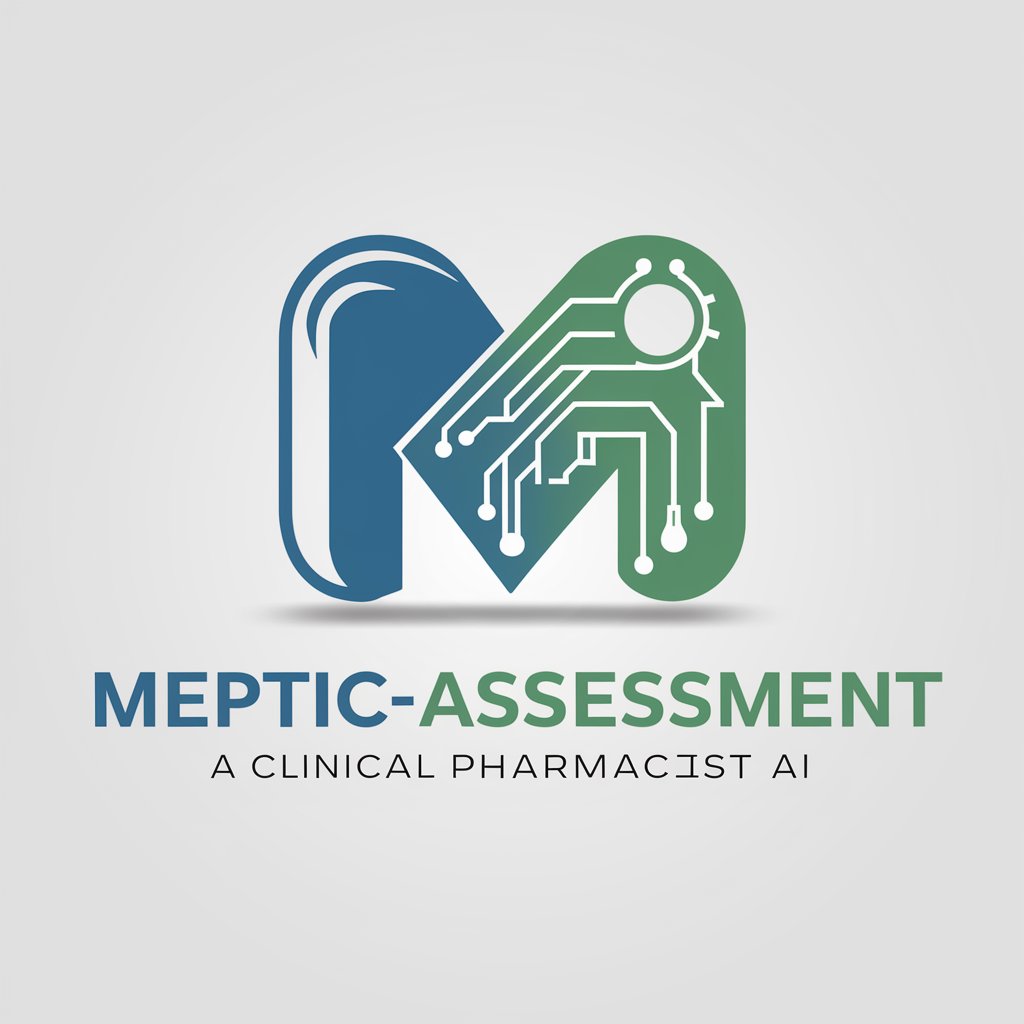
Legal Assessment
Empowering Legal Decisions with AI
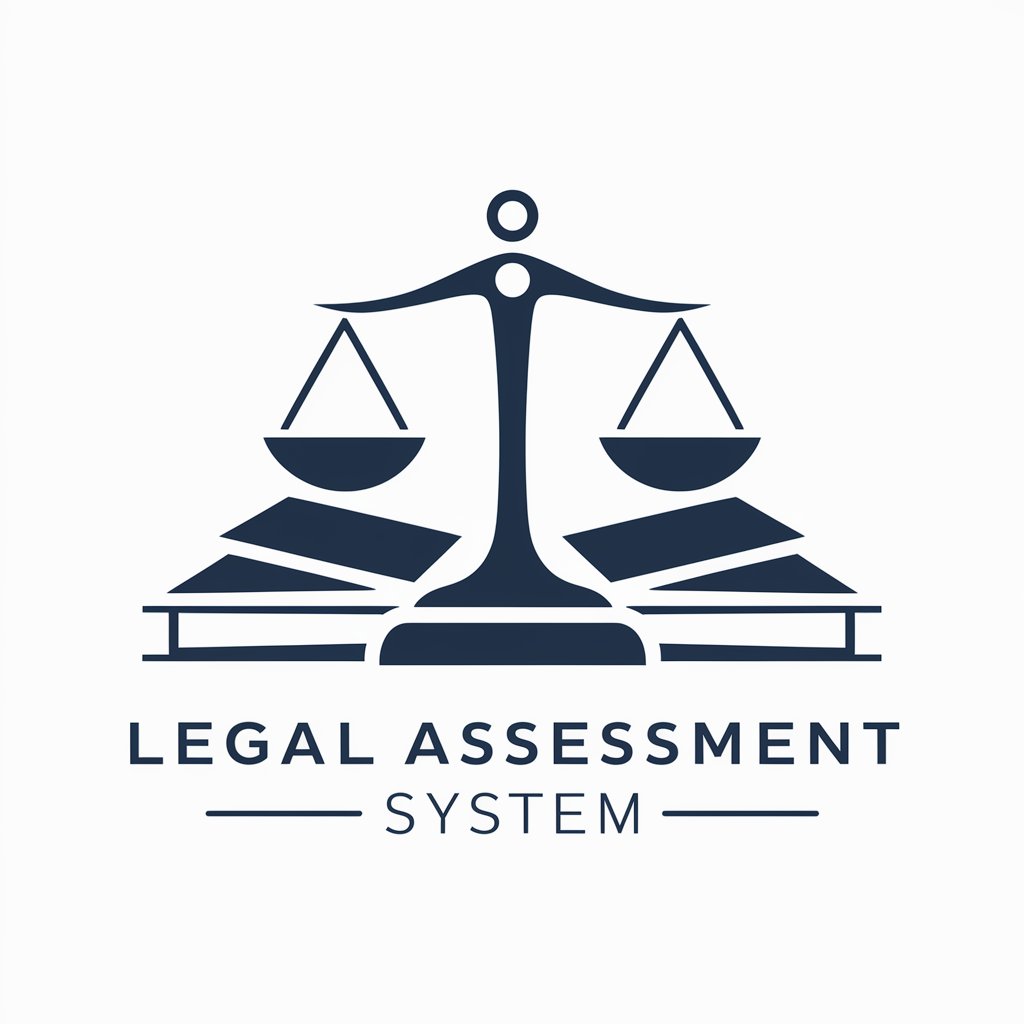
Logo Creator
Craft Your Brand Identity with AI
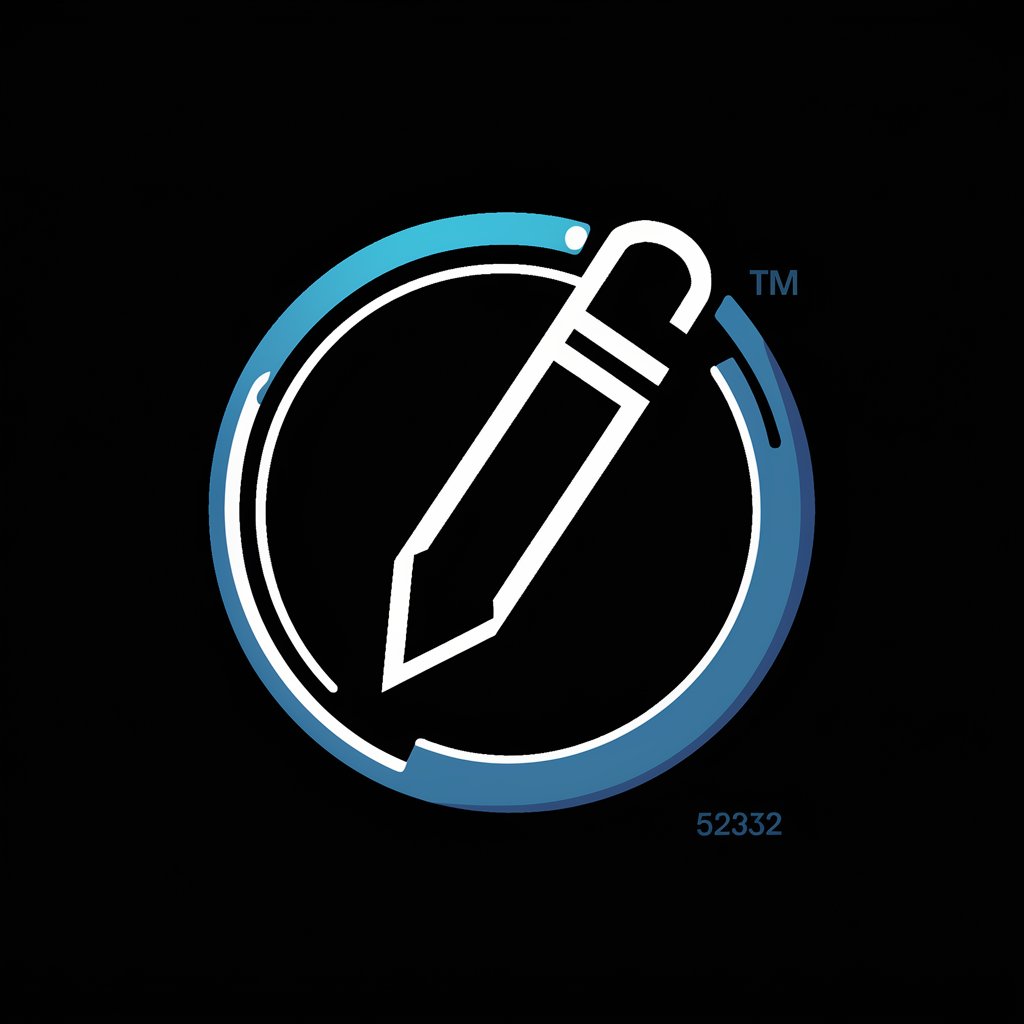
Logo Creator
Craft Your Brand's Identity with AI-Powered Design

Logo Creator
Craft Your Brand's Identity Seamlessly

logo creator
Craft Your Brand's Story, AI-Powered

Angular Assessment
AI-powered Angular Competency Analysis
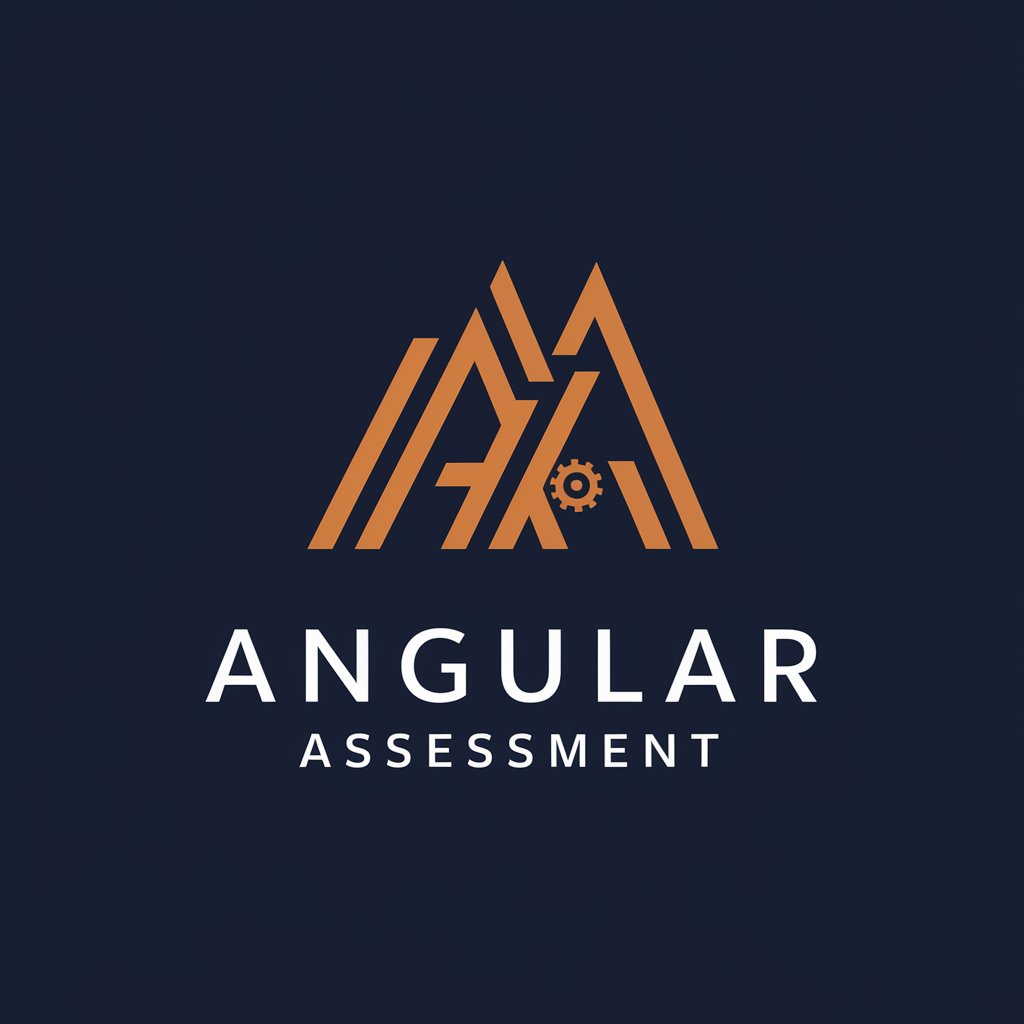
Flat Roof Price Assessment
Precision Roofing, AI-Enhanced

過ぎ去った時代からの英雄
Bridging Cultures with AI

戦国時代が好きな人が興味あるアンケート
Dive into the Sengoku era with AI-powered surveys.

人生100年時代のコンシェルジュ
Empowering Seniors with AI-Driven Financial Insight

ASME先進智慧移動時代
Empowering Smart Mobility with AI
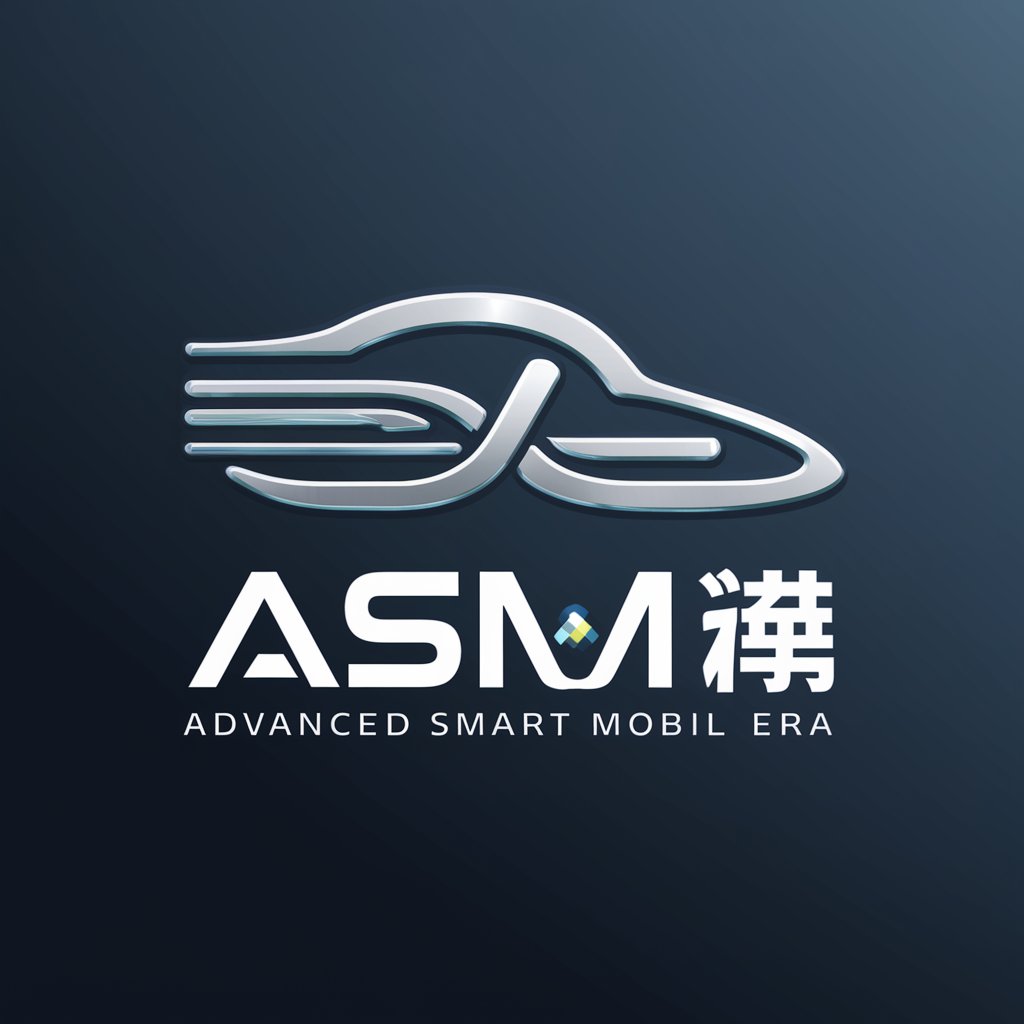
Q&A on Ai in Assessment Design
What is the primary benefit of using AI in K-12 assessment design?
The primary benefit is the ability to provide personalized, scalable assessment options that adapt to individual student needs, enhancing learning outcomes.
Can AI replace teachers in creating and grading assessments?
No, AI is a tool to assist teachers by automating routine tasks and generating diverse content, but it cannot replace the pedagogical expertise and nuanced judgment of educators.
How does AI ensure fairness in assessments?
AI can help minimize biases by using a large and diverse data set to create assessments, though it's crucial to regularly review and adjust AI parameters to uphold fairness.
What are some challenges of integrating AI in assessment design?
Challenges include ensuring data privacy, maintaining assessment security, avoiding over-reliance on technology, and aligning AI-generated content with educational standards.
How can educators get started with using AI in assessments?
Educators can begin by experimenting with AI tools for content generation and grading in low-stakes assessments, gradually integrating feedback and learning from each iteration.
